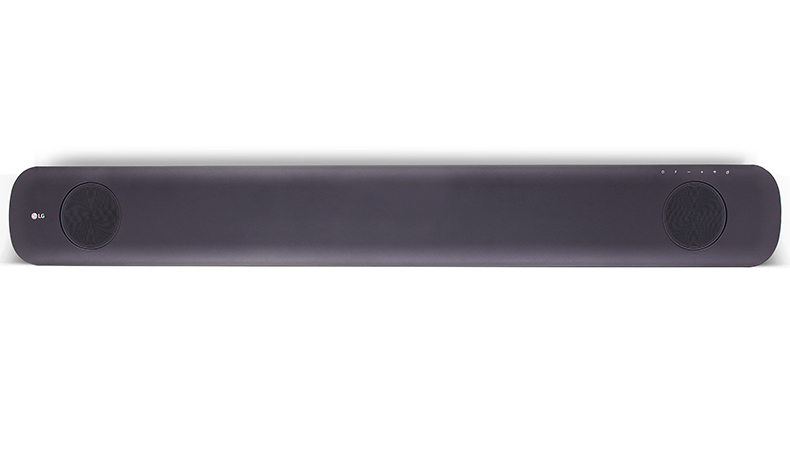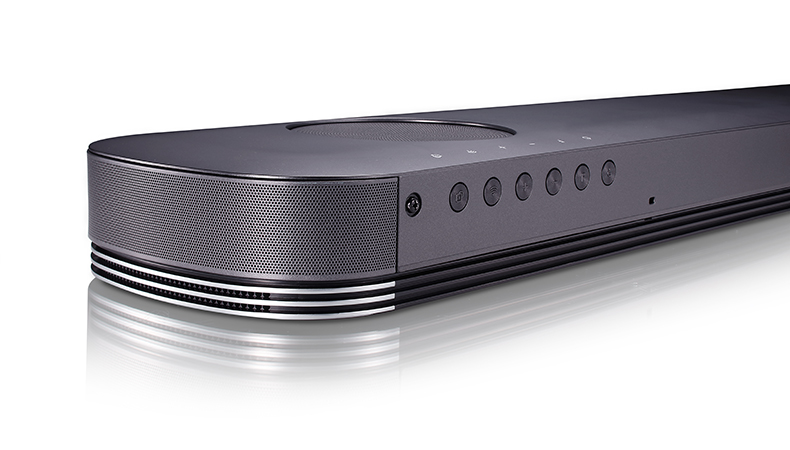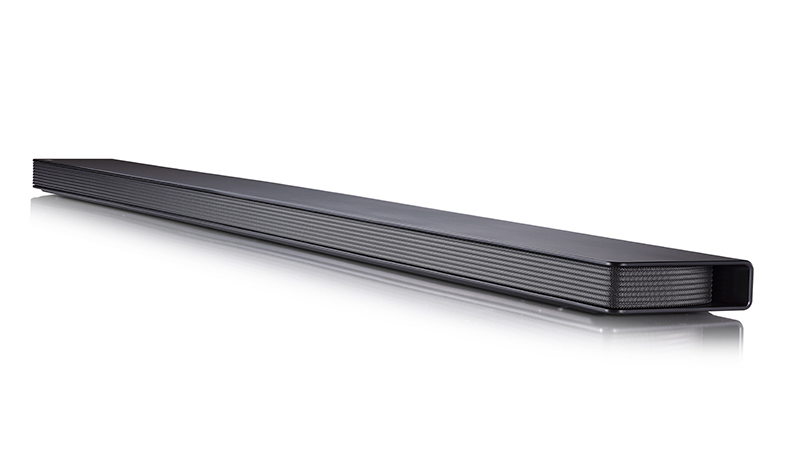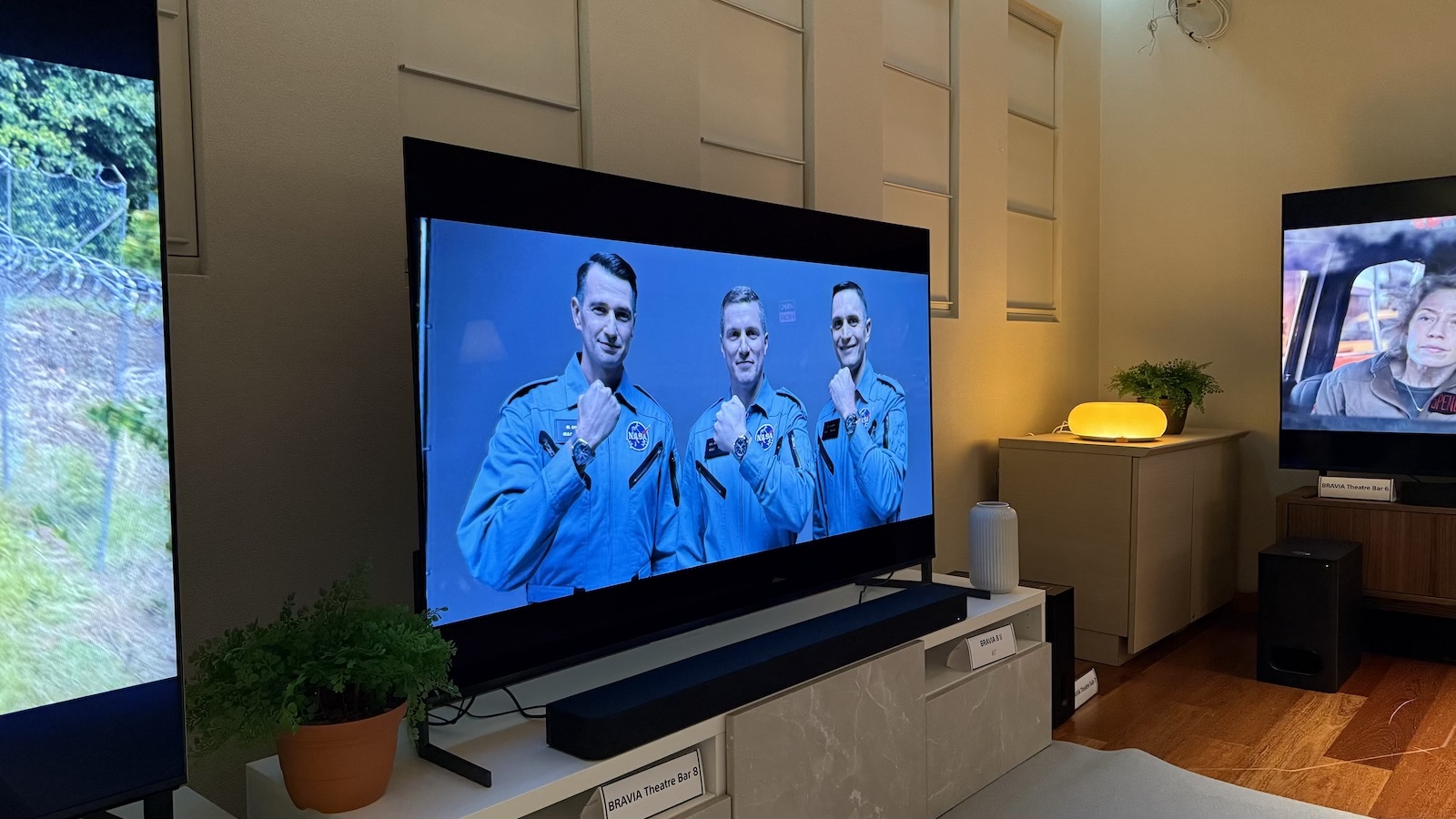LG's Dolby Atmos soundbar may link with Google Home
LG demonstrates its SJ8 soundbar and its flagship TVs for 2017, and suggests the SJ9 Atmos-equipped soundbar may be controlled by Google's artificial intelligence.

During a London preview of its 2017 product ranges, LG indicated it will be moving away from its MusicFlow multiroom functionality to focus on better integration with Google Home.
Robert Taylor, LG’s Senior Product Manager for Home Entertainment, suggested there was customer confusion around MusicFlow as it applies to both Bluetooth speakers and Wi-Fi-connected alternatives.
Consequently the company is looking to use Google Home, the software giant's competitor to the Amazon Echo, to control its products instead. Products like its first Dolby Atmos soundbar, SJ9, which it demonstrated at CES 2017.
MORE: Dolby Atmos: What is it? How can you get it?

There aren't any microphones built into the soundbar (although LG didn't seem to rule out the possibility in future products), but a connection with Google Home, via Google Cast, would let Google's artificial intelligence manage the product.
The 500W SJ9 has a 5.1.2 channel configuration (including a subwoofer and upfiring speakers), and can apparently upsample any low bitrate audio files to 24-bit/192kHz quality to create what LG is gamely calling '4K sound'.
Priced at £1000, LG stresses this is the cheapest Dolby Atmos soundbar on the market. But while it is certainly less expensive than the £1600 Yamaha YSP-5600, the £900 Samsung HW-K850 does undercut it.
Get the What Hi-Fi? Newsletter
The latest hi-fi, home cinema and tech news, reviews, buying advice and deals, direct to your inbox.

LG also has a more affordable soundbar, the £500 SJ8. It offers a similar set of features - 4K pass-through and the ability to stream via Chromecast - but lacks Atmos support.
Besides soundbars, the company took the opportunity to show off its new flagship televisions for this year, as well as its SJ850 UHD TV. According to LG, it has enhanced the colour depth and contrast of its televisions, as well as improving the viewing angles.
In addition, all its OLED lines are now using the same panel and chip-set, meaning every television is now on the same upgrade schedule.
Adam was a staff writer for What Hi-Fi?, reviewing consumer gadgets for online and print publication, as well as researching and producing features and advice pieces on new technology in the hi-fi industry. He has since worked for PC Mag as a contributing editor and is now a science and technology reporter for The Independent.
